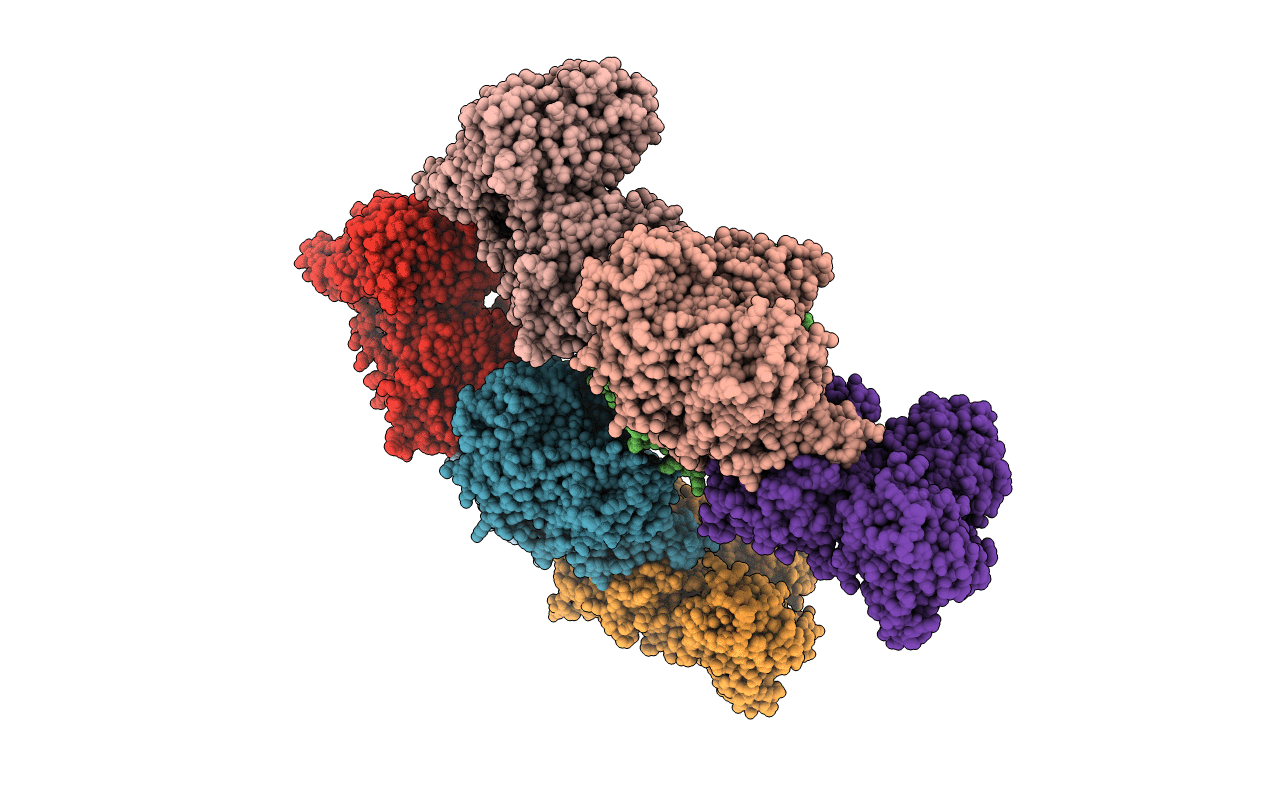
Deposition Date
2009-06-24
Release Date
2009-09-01
Last Version Date
2023-09-06
Entry Detail
PDB ID:
3I01
Keywords:
Title:
Native structure of bifunctional carbon monoxide dehydrogenase/acetyl-CoA synthase from Moorella thermoacetica, water-bound C-cluster.
Biological Source:
Source Organism:
Moorella thermoacetica (Taxon ID: 1525)
Method Details:
Experimental Method:
Resolution:
2.15 Å
R-Value Free:
0.24
R-Value Work:
0.18
R-Value Observed:
0.18
Space Group:
P 1


